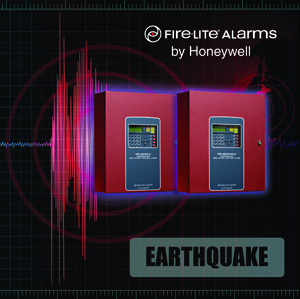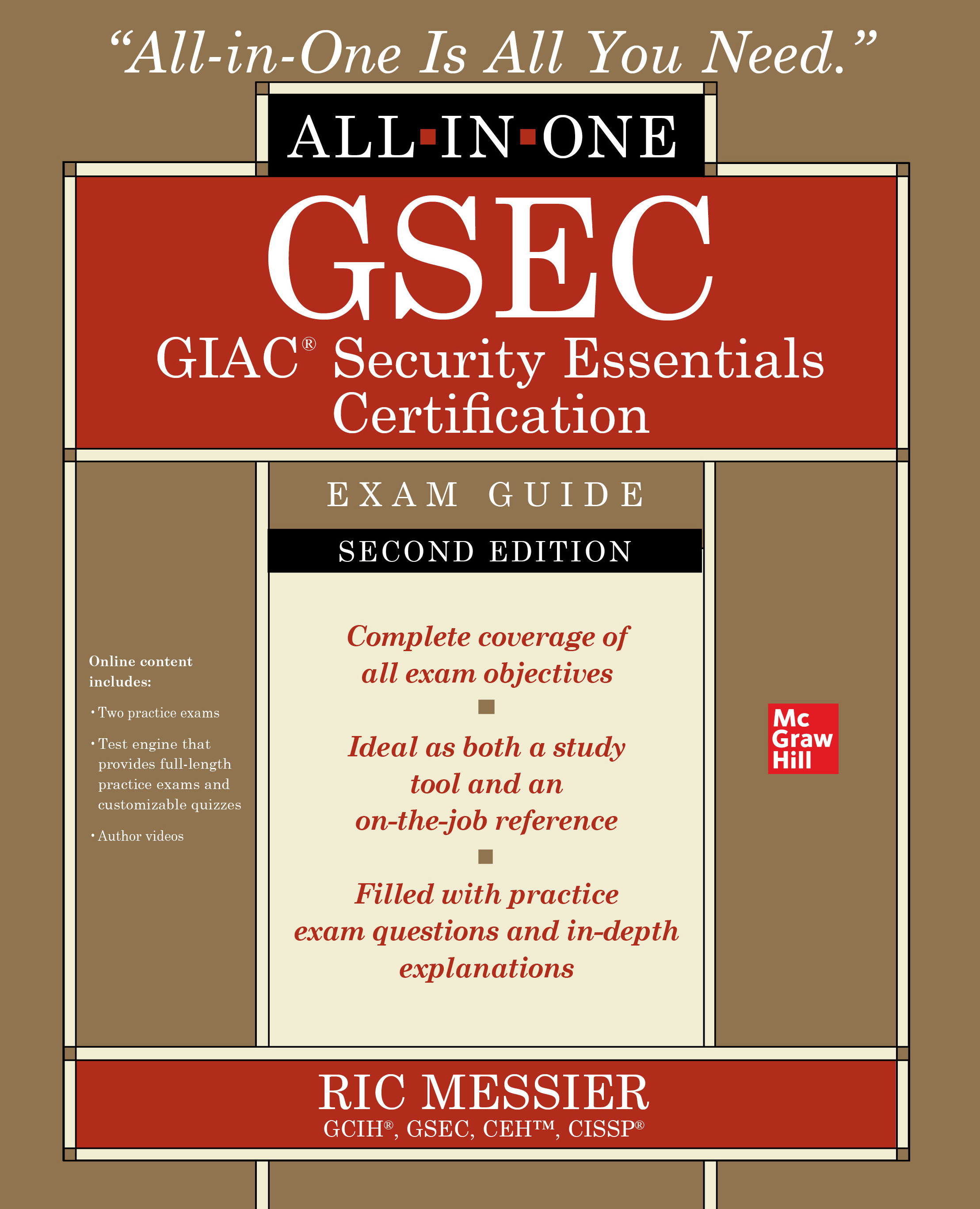Fire-Lite Alarms by Honeywell announced its current portfolio of life safety systems has earned seismic certification to International Building Code (IBC) standards, and has met the higher testing standards recently mandated by California’s Office of Statewide Health Planning & Development (OSHPD). The critical building systems protecting “essential facilities,” such as hospitals, power plants and transportation hubs, within nearly all levels of seismically-active areas across the U.S. are required to prove continued operation following a seismic event. Only a select few systems meet IBC and OSHPD standards.
Following stringent tests performed by a third-party testing laboratory, Fire-Lite Alarms’ full line of conventional and addressable fire alarm control panels, power supplies, plus mass notification and voice evacuation systems, earned IBC and OSHPD seismic certification. Tests for IBC required the Fire-Lite equipment to withstand shake-tests equivalent to an earthquake’s ground acceleration of SDS=1.9g, while running at full load. Certification to OSHPD standards required similar shake tests, but to a higher ground acceleration of SDS=2.5g due to the adoption of the higher ground acceleration in California.

|
| Fire-Lite Alarms by Honeywell have been certified by IBC and OSHPD to ensure that the systems will function after experiencing seismic activity. |
A wide range of essential facilities in varying geographic areas throughout the U.S. require critical systems, such as fire alarms, to not only maintain structural integrity during an earthquake, but also remain operational and continue to carry out their primary functions following a seismic event (per 2009 IBC 1708.4 and 2006 IBC 1708.5). Facilities often deemed as “essential” include the following: hospitals and other healthcare facilities; fire, rescue and police stations; designated earthquake, hurricane or other emergency shelters; 911 communication, data switching and operation centers; most power generating stations; structures containing highly toxic materials; buildings and structures with critical national defense functions; most water treatment facilities; air traffic control centers; and aircraft hangars and some terminal buildings.
Fire-Lite has created seismic kits, comprising more robust enclosures, mounting mechanisms and battery brackets, for dealers to put in-place with control panels to meet the requirements of the IBC and OSHPD seismic certifications.
The open, non-proprietary platform of Fire-Lite systems, combined with the reliability needed to acquire seismic certification, arms dealers with a competitive advantage when compared to other fire alarm, emergency voice and mass notification systems available today.
For information, visit www.firelite.com.




